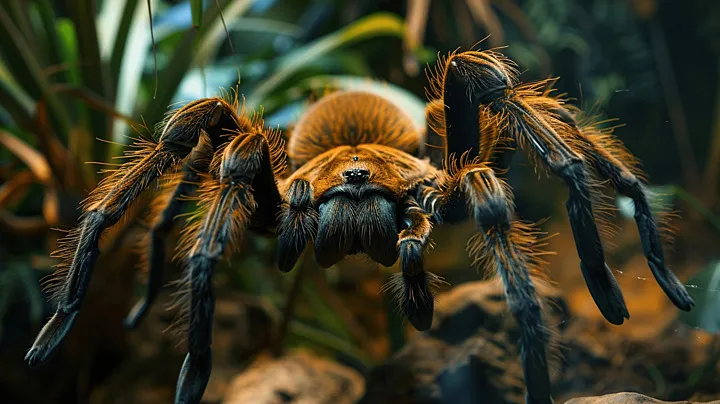What is a Goliath Bird-Eating Spider (and is it a tarantula)?
The Goliath Bird-Eating Spider (Theraphosa blondi) is one of the largest spider species in the world, often sparking curiosity and, for some, a bit of fear. This impressive arachnid is native to the rainforests of northern South America, and its size and appearance are truly remarkable. But is this massive creature actually a tarantula? The answer is a bit more complex than a simple yes or no. Understanding its classification and characteristics is key to appreciating this fascinating creature. This article will delve into the world of the Goliath Bird-Eating Spider, exploring its unique features and answering some of the most common questions about it, including its relationship to the tarantula family.
Goliath Bird-Eating Spider Basics
To fully understand the Goliath Bird-Eating Spider, it’s important to start with the basics. This spider is, indeed, a type of tarantula, belonging to the Theraphosidae family. However, the term “tarantula” is quite broad and encompasses many different species. The Goliath Bird-Eating Spider stands out due to its exceptional size, striking appearance, and specific habitat. These spiders are not only impressive in size, but they also have unique behaviors and adaptations that allow them to thrive in their rainforest environment. They are nocturnal hunters, primarily active during the night, and have a complex social structure, which is rare among spiders. Their existence is a testament to the biodiversity and wonder of the natural world.
Appearance and Size
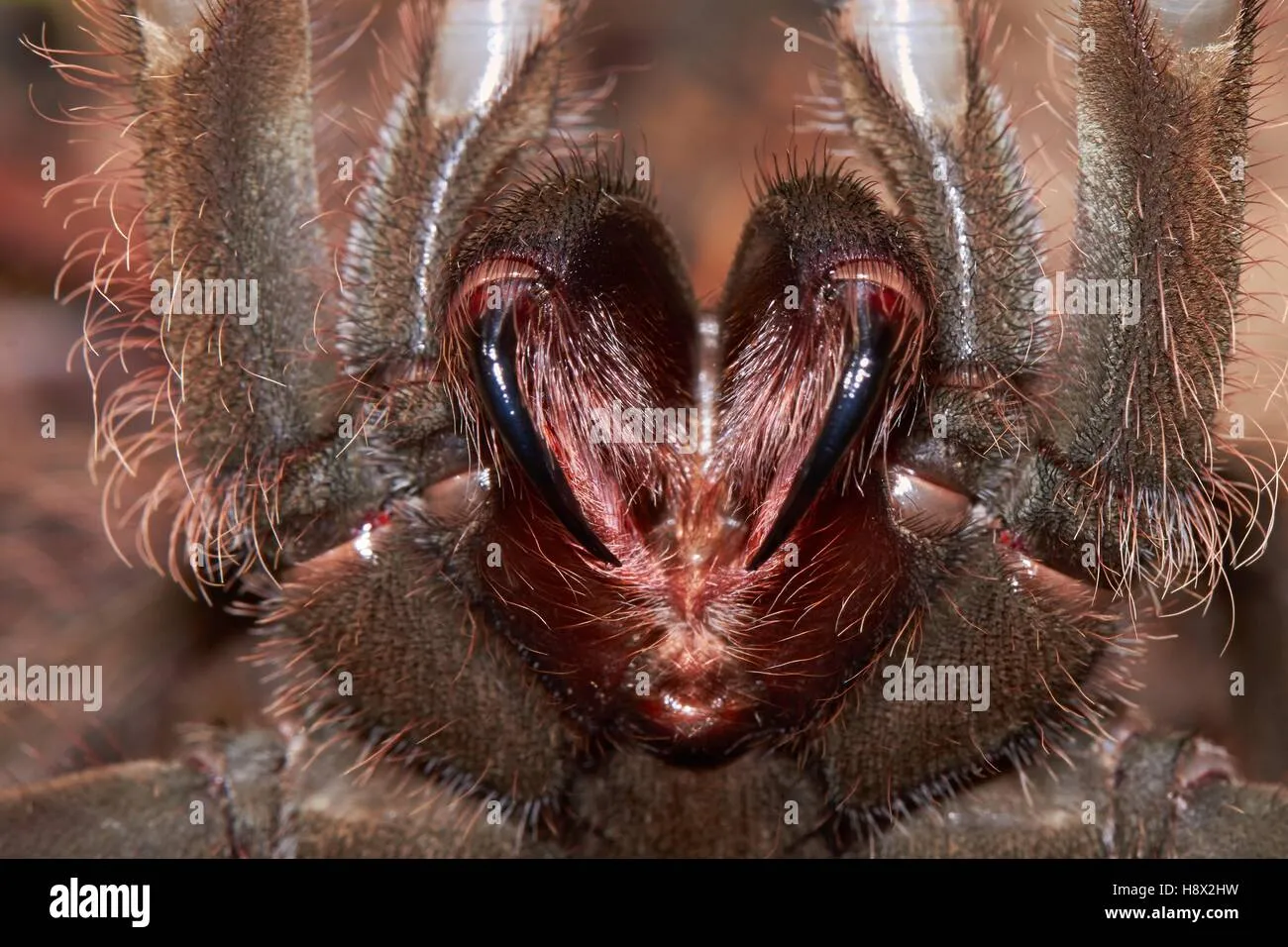
The Goliath Bird-Eating Spider is, without a doubt, the largest spider in the world by mass. They can weigh up to 6 ounces (170 grams) and have a leg span that can reach up to 12 inches (30 centimeters) across. Their bodies are covered in brown hairs, with reddish-brown legs, and they have large fangs, which they use to inject venom into their prey. Their size is intimidating, but it’s a crucial factor in their survival. The size helps them hunt and also protect them from predators. Furthermore, their appearance includes a unique feature: the presence of urticating hairs, which they can flick off their abdomen as a defense mechanism.
Habitat and Distribution
Goliath Bird-Eating Spiders are native to the rainforests of northern South America. Their preferred habitats include swamps, marshes, and burrows near the ground. They are primarily found in countries such as Brazil, Venezuela, Guyana, Suriname, and French Guiana. These spiders thrive in warm, humid environments, where they can find plenty of food and shelter. They build their burrows underground, often near the roots of trees or in other protected areas. Their habitat plays a crucial role in their survival, providing them with the resources they need to hunt, hide, and reproduce, and their distribution is limited to these specific geographical areas.
What Makes a Tarantula
Tarantulas are a diverse group of spiders, but they share several common characteristics. They are large, hairy spiders belonging to the Theraphosidae family. Tarantulas are known for their size, with many species having a leg span of several inches. They also have two body segments, the cephalothorax (fused head and thorax) and the abdomen. Unlike many other spiders, tarantulas have relatively long lifespans, with females living for up to 25 years or more. They are also known for their urticating hairs, which they use to defend themselves against predators. These hairs cause irritation and discomfort upon contact, making them a formidable defense mechanism.
Defining Characteristics of Tarantulas
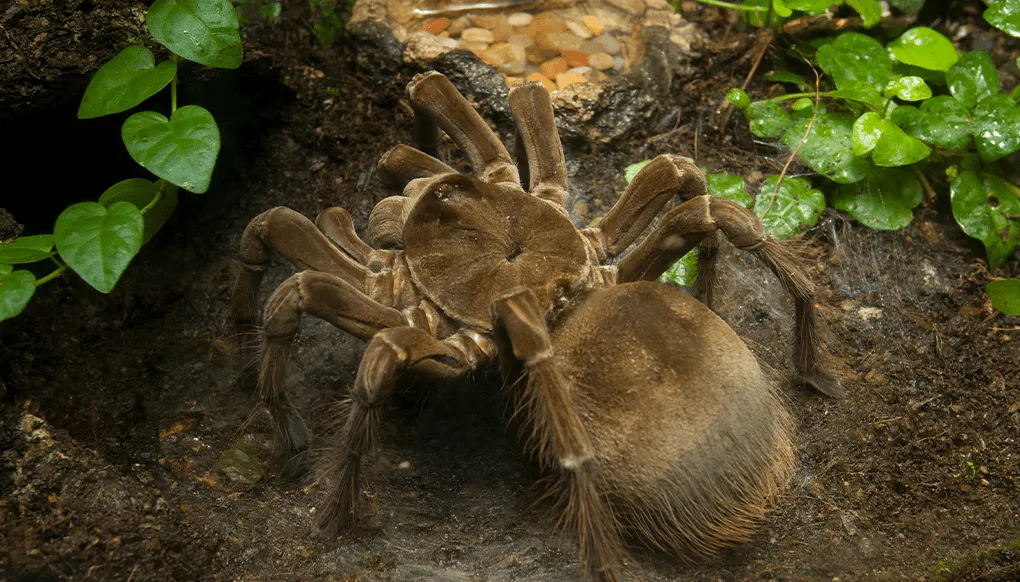
Defining characteristics include their large size, hairy bodies, and the presence of fangs. Tarantulas also have a relatively simple web-spinning behavior compared to other spiders. They often build silk retreats or burrows rather than elaborate webs. Their venom, while potent, is not usually life-threatening to humans, although the bite can be painful. Another key feature is their nocturnal hunting habits, with most tarantulas being active at night. The presence of urticating hairs and their slow movements are also distinctive traits. They have a specific method of molting, shedding their exoskeleton to grow. Their overall characteristics make them a fascinating group of spiders.
Key Differences
While the Goliath Bird-Eating Spider is a tarantula, certain characteristics set it apart from other tarantula species. The Goliath Bird-Eating Spider’s exceptional size is the most noticeable difference, making it the largest spider by mass. They also have a more aggressive hunting style, capable of taking down larger prey. Their habitat is also a key difference, as they are specifically found in the rainforests of northern South America. Their diet and venom composition can also differ slightly from other tarantulas. It is also important to note the differences in the urticating hairs and the way they use these to defend themselves, which further distinguishes this species. These characteristics define their unique niche in the spider world.
Diet and Hunting Habits
The Goliath Bird-Eating Spider’s diet is varied, but it primarily consists of insects, worms, and other invertebrates. Despite their name, they rarely eat birds, although they are capable of doing so. Their hunting strategy involves ambushing their prey, using their large fangs to inject venom. The venom paralyzes the prey, allowing the spider to consume it. They are opportunistic hunters, adapting their diet to what is available in their environment. The powerful bite is used to crush their prey. They also use their spinnerets to produce silk to protect their burrows and sometimes to wrap their food, ensuring they have the nutrients they need.
Venom and Danger
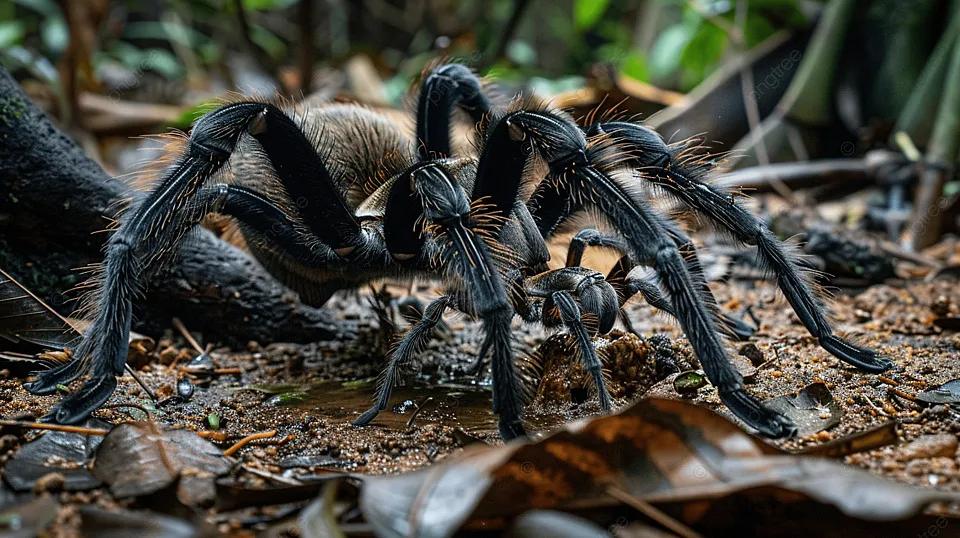
The venom of the Goliath Bird-Eating Spider, while potent, is not usually life-threatening to humans. Their bite can be painful and cause localized symptoms such as swelling, redness, and muscle cramps. However, serious allergic reactions are rare. The primary danger from these spiders comes from their urticating hairs, which can cause skin and eye irritation. It is important to handle these spiders with caution and avoid direct contact with the hairs. While not extremely dangerous, it is essential to respect their capabilities. Seeking medical attention is recommended if severe symptoms occur after a bite or exposure to the urticating hairs.
Are Goliath Bird-Eating Spiders a Threat to Humans?
Goliath Bird-Eating Spiders are not generally considered a significant threat to humans. Their venom is not highly toxic to people, and bites are rare. The biggest danger comes from their urticating hairs, which can cause discomfort. It is important to handle them with care and avoid provoking them. They are more of a threat to their natural prey than to humans. With responsible handling and respect, they can be observed without significant risk. Educating oneself about their behaviors is crucial for minimizing any potential danger.
Fact 1: Giant Size
The Goliath Bird-Eating Spider’s most striking feature is its size. They are the largest spiders in the world by mass, with females often reaching a leg span of up to 12 inches (30 centimeters). This impressive size helps them catch prey and protect themselves from predators. Their size also makes them a fascinating subject of study for scientists and a point of interest for spider enthusiasts. Their sheer size is a testament to their adaptation to their environment, and they are truly an amazing species. This is their most defining feature.
Fact 2: Diet of the Goliath Bird-Eating Spider
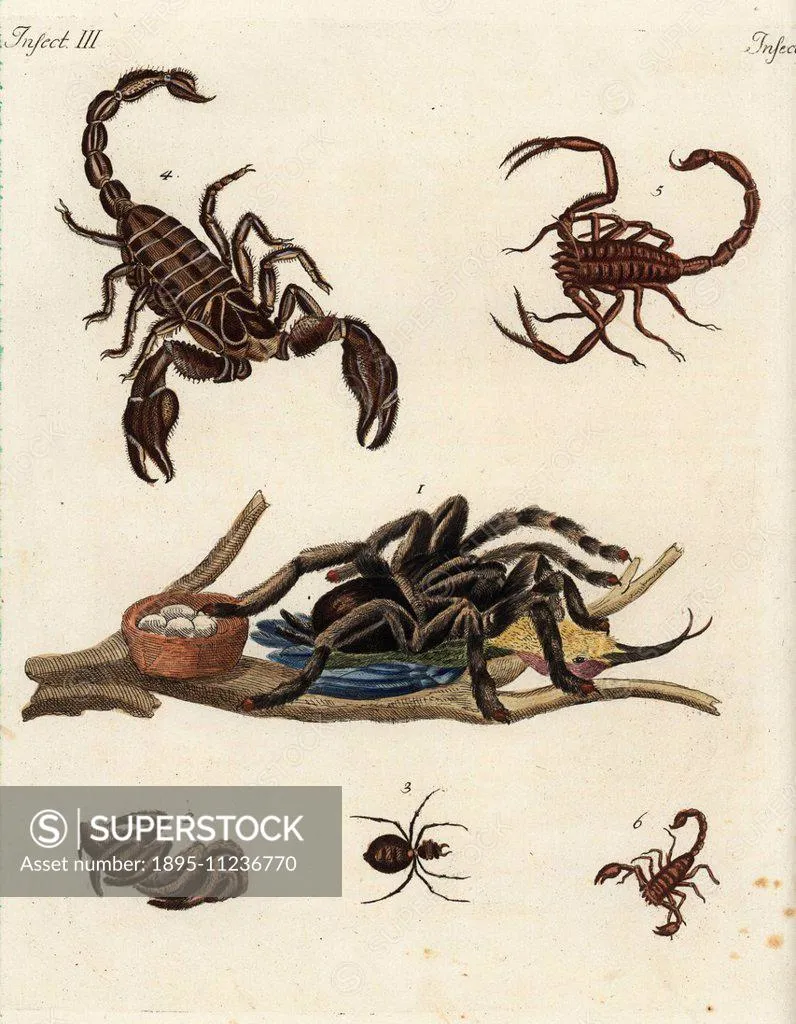
Despite their name, Goliath Bird-Eating Spiders rarely eat birds. Their diet consists primarily of insects, worms, and other invertebrates. They are opportunistic hunters, also consuming small mammals, amphibians, and occasionally, small reptiles. Their powerful fangs and venom help them subdue their prey. Their diet is vital for maintaining their large size and energy levels. Their feeding habits highlight their role in the ecosystem, helping to control the populations of other animals. The name ‘bird-eating’ comes from observations of them eating small birds in the wild.
Fact 3: Where They Live
These spiders are native to the rainforests of northern South America, thriving in the warm and humid environment. They build burrows in the ground, often near the roots of trees or in swamps. Their specific habitat is essential for their survival, offering protection and a consistent food supply. They prefer areas with high humidity, which helps them retain moisture. Their presence indicates a healthy, biodiverse ecosystem. Understanding their habitat is key to conservation efforts. Their geographical distribution is a critical element for their survival.
Fact 4: Venom and Its Effects
The Goliath Bird-Eating Spider’s venom is not considered life-threatening to humans. A bite can be painful and cause localized symptoms such as swelling, redness, and muscle cramps. However, serious allergic reactions are rare. The primary defense mechanism is their urticating hairs, which can cause skin and eye irritation. The venom is used to subdue prey, which they then consume. It is important to handle these spiders carefully. While not deadly, it is important to be cautious. Medical attention should be sought if severe symptoms occur.
Fact 5: Lifespan
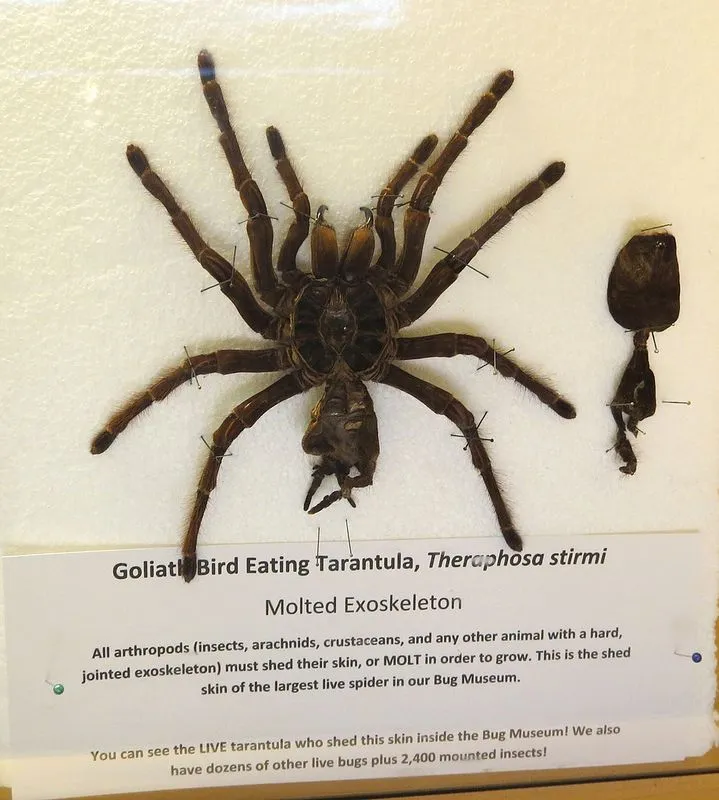
Goliath Bird-Eating Spiders, like most tarantulas, have a relatively long lifespan. Females can live for up to 25 years or more, while males typically have a shorter lifespan, often only living for 3 to 6 years after reaching maturity. Their long lifespans are a factor in their conservation. This extended life cycle contributes to their success. Proper care in captivity is vital to ensure the health and longevity of these spiders. Their long lifespans provide a unique insight into their species.
